Code
HCS23113
Weight
1.58 Kg / 3.48 lbs
Size
Height
43cm (17") Width
15cm (6") Depth
22cm (9") Material
Wood and Copper
Availability
Available
Date Added
2021-02-19 04:45:53
Note : We used to sell this product 4 years ago so it may no longer be in our stock.
It is possible that we still have it with our suppliers but the price could be different from before.
Feel free to order. We will verify availability and inform you promptly.
It is possible that we still have it with our suppliers but the price could be different from before.
Feel free to order. We will verify availability and inform you promptly.

Safe Payment
We accept Paypal, Money Transfer, Bank Transfer
Confidence
Protection covers your purchase and personal data.
Worldwide Delivery
We ship Worldwide, except Russia.Shipping cost US$25.2 for upto 0.5 kgs

Hotline
Talk to help line for your question on 9841267335About Sacred Serenity Collection
This is a beautiful old Buddhist statue that carries a deep sense of spirituality and craftsmanship. These statues were made around 15 to 20 years ago and are crafted from pure copper. If the statue has gold, it has a thick layer of gold plating, unlike modern statues where using a lot of gold is expensive.
Skilled artisans, who were well-versed in religious teachings, made these statues. They followed traditional guidelines and sacred texts to create each statue with precise expressions and postures. The artisans believed they were creating representations of gods rather than just ordinary figures. This unique perspective is reflected in the statues themselves. Read More . . .
This is a beautiful old Buddhist statue that carries a deep sense of spirituality and craftsmanship. These statues were made around 15 to 20 years ago and are crafted from pure copper. If the statue has gold, it has a thick layer of gold plating, unlike modern statues where using a lot of gold is expensive.
Skilled artisans, who were well-versed in religious teachings, made these statues. They followed traditional guidelines and sacred texts to create each statue with precise expressions and postures. The artisans believed they were creating representations of gods rather than just ordinary figures. This unique perspective is reflected in the statues themselves. Read More . . .
Antique Finishing
This is an antique patina-finished Antique Nepali Style Hukka [tambakhu] Old. This is not an antique statue. It is just an antique patina finish. This Antique Nepali Style Hukka [tambakhu] Old is a testament to the artisan's mastery of the art of aging. Its antique patina has been meticulously crafted to give the appearance of an aged statue, showcasing the artist's unique techniques and skills. Through undisclosed processes and careful aging treatments, the Antique Nepali Style Hukka [tambakhu] Old undergoes a transformation that captures the essence of time and history. Read More . . .
This is an antique patina-finished Antique Nepali Style Hukka [tambakhu] Old. This is not an antique statue. It is just an antique patina finish. This Antique Nepali Style Hukka [tambakhu] Old is a testament to the artisan's mastery of the art of aging. Its antique patina has been meticulously crafted to give the appearance of an aged statue, showcasing the artist's unique techniques and skills. Through undisclosed processes and careful aging treatments, the Antique Nepali Style Hukka [tambakhu] Old undergoes a transformation that captures the essence of time and history. Read More . . .
Brief Introduction :
There are two theories regarding the origin of the hookah. The first is that following the introduction of tobacco to medieval India by the Jesuits, and since then tobacco use became widespread. The hookah or waterpipe was invented by Abuâl-Fath Gilani, a Persian physician of Akbar, in the Indian city of Fatehpur Sikri during Mughal India; the hookah spread from the Indian subcontinent to Persia first, where the mechanism was modified to its current shape, and then to the Near East. Alternatively, it could have originated in the Safavid dynasty of Persia, from where it eventually spread to the Indian subcontinent.
Despite tobacco and drug use being considered a taboo when the hookah was first conceived, its use became increasingly popular among nobility and subsequently widely accepted. Gradually, burned tobacco has been commonly replaced by vaporizing flavored shisha. Still the original hookah is often used in rural South Asia, which continues to use Tumbak (a pure and coarse form of unflavored tobacco leaves) and smoked by burning it directly with charcoal. While this method delivers a much higher content of tobacco and nicotine, it also imposes more adverse health effects compared to vaporized shisha hookahs.[citation needed]
The word hookah is a derivative of "huqqa", a Hindustani word, of Arabic origin (derived from حُقَّة ḥuqqa, "casket, bottle, water pipe"). Outside its native region, hookah smoking has gained popularity throughout the world, especially among younger people.A hookah (Hindustani: हुक़्क़ा (Devanagari), حقّہ (Nastaleeq), IPA: [ˈɦʊqːa]; also see other names), or shisha, is a single- or multi-stemmed instrument for heating or vaporizing and then smoking either tobacco, flavored tobacco (often Muâassel), or sometimes cannabis, hashish, and in the past opium. The smoke is passed through a water basinâoften glass-basedâbefore inhalation.
The health risks of smoking through a hookah include exposure to toxic chemicals that are not filtered out by the water and risk of infectious disease when hookahs are shared.
There are two theories regarding the origin of the hookah. The first is that following the introduction of tobacco to medieval India by the Jesuits, and since then tobacco use became widespread. The hookah or waterpipe was invented by Abuâl-Fath Gilani, a Persian physician of Akbar, in the Indian city of Fatehpur Sikri during Mughal India; the hookah spread from the Indian subcontinent to Persia first, where the mechanism was modified to its current shape, and then to the Near East. Alternatively, it could have originated in the Safavid dynasty of Persia, from where it eventually spread to the Indian subcontinent.
Despite tobacco and drug use being considered a taboo when the hookah was first conceived, its use became increasingly popular among nobility and subsequently widely accepted. Gradually, burned tobacco has been commonly replaced by vaporizing flavored shisha. Still the original hookah is often used in rural South Asia, which continues to use Tumbak (a pure and coarse form of unflavored tobacco leaves) and smoked by burning it directly with charcoal. While this method delivers a much higher content of tobacco and nicotine, it also imposes more adverse health effects compared to vaporized shisha hookahs.[citation needed]
The word hookah is a derivative of "huqqa", a Hindustani word, of Arabic origin (derived from حُقَّة ḥuqqa, "casket, bottle, water pipe"). Outside its native region, hookah smoking has gained popularity throughout the world, especially among younger people.
A hookah is a single- or multi-stemmed instrument for heating or vaporizing and then smoking either tobacco, flavored tobacco, or sometimes cannabis, hashish, and in the past opium. The smoke is passed through a water basin before inhalation.
The health risks of smoking through a hookah include exposure to toxic chemicals that are not filtered out by the water and risk of infectious disease when hookahs are shared.
The health risks of smoking through a hookah include exposure to toxic chemicals that are not filtered out by the water and risk of infectious disease when hookahs are shared.
There are two theories regarding the origin of the hookah. The first is that following the introduction of tobacco to medieval India by the Jesuits, and since then tobacco use became widespread. The hookah or waterpipe was invented by Abuâl-Fath Gilani, a Persian physician of Akbar, in the Indian city of Fatehpur Sikri during Mughal India; the hookah spread from the Indian subcontinent to Persia first, where the mechanism was modified to its current shape, and then to the Near East. Alternatively, it could have originated in the Safavid dynasty of Persia, from where it eventually spread to the Indian subcontinent.
Despite tobacco and drug use being considered a taboo when the hookah was first conceived, its use became increasingly popular among nobility and subsequently widely accepted. Gradually, burned tobacco has been commonly replaced by vaporizing flavored shisha. Still the original hookah is often used in rural South Asia, which continues to use Tumbak (a pure and coarse form of unflavored tobacco leaves) and smoked by burning it directly with charcoal. While this method delivers a much higher content of tobacco and nicotine, it also imposes more adverse health effects compared to vaporized shisha hookahs.[citation needed]
The word hookah is a derivative of "huqqa", a Hindustani word, of Arabic origin (derived from حُقَّة ḥuqqa, "casket, bottle, water pipe"). Outside its native region, hookah smoking has gained popularity throughout the world, especially among younger people.A hookah (Hindustani: हुक़्क़ा (Devanagari), حقّہ (Nastaleeq), IPA: [ˈɦʊqːa]; also see other names), or shisha, is a single- or multi-stemmed instrument for heating or vaporizing and then smoking either tobacco, flavored tobacco (often Muâassel), or sometimes cannabis, hashish, and in the past opium. The smoke is passed through a water basinâoften glass-basedâbefore inhalation.
The health risks of smoking through a hookah include exposure to toxic chemicals that are not filtered out by the water and risk of infectious disease when hookahs are shared.
There are two theories regarding the origin of the hookah. The first is that following the introduction of tobacco to medieval India by the Jesuits, and since then tobacco use became widespread. The hookah or waterpipe was invented by Abuâl-Fath Gilani, a Persian physician of Akbar, in the Indian city of Fatehpur Sikri during Mughal India; the hookah spread from the Indian subcontinent to Persia first, where the mechanism was modified to its current shape, and then to the Near East. Alternatively, it could have originated in the Safavid dynasty of Persia, from where it eventually spread to the Indian subcontinent.
Despite tobacco and drug use being considered a taboo when the hookah was first conceived, its use became increasingly popular among nobility and subsequently widely accepted. Gradually, burned tobacco has been commonly replaced by vaporizing flavored shisha. Still the original hookah is often used in rural South Asia, which continues to use Tumbak (a pure and coarse form of unflavored tobacco leaves) and smoked by burning it directly with charcoal. While this method delivers a much higher content of tobacco and nicotine, it also imposes more adverse health effects compared to vaporized shisha hookahs.[citation needed]
The word hookah is a derivative of "huqqa", a Hindustani word, of Arabic origin (derived from حُقَّة ḥuqqa, "casket, bottle, water pipe"). Outside its native region, hookah smoking has gained popularity throughout the world, especially among younger people.


![Antique Nepali Style Hukka [tambakhu] Old](https://handicraftseller.com/uploads/pics/product/thumb/2021/02/23113_0.jpg)
![Antique Nepali Style Hukka [tambakhu] Old](https://handicraftseller.com/uploads/pics/product/thumb/2021/02/23113_1.jpg)
![Antique Nepali Style Hukka [tambakhu] Old](https://handicraftseller.com/uploads/pics/product/thumb/2021/02/23113_2.jpg)
![Antique Nepali Style Hukka [tambakhu] Old](https://handicraftseller.com/uploads/pics/product/thumb/2021/02/23113_3.jpg)
![Antique Nepali Style Hukka [tambakhu] Old](https://handicraftseller.com/uploads/pics/product/thumb/2021/02/23113_4.jpg)
![Antique Nepali Style Hukka [tambakhu] Old](https://handicraftseller.com/uploads/pics/product/thumb/2021/02/23113.jpg)

 Old, Buddhist Handmade Statue
Old, Buddhist Handmade Statue  Old, Buddhist Handmade Statue
Old, Buddhist Handmade Statue  Old Stock, Statue
Old Stock, Statue 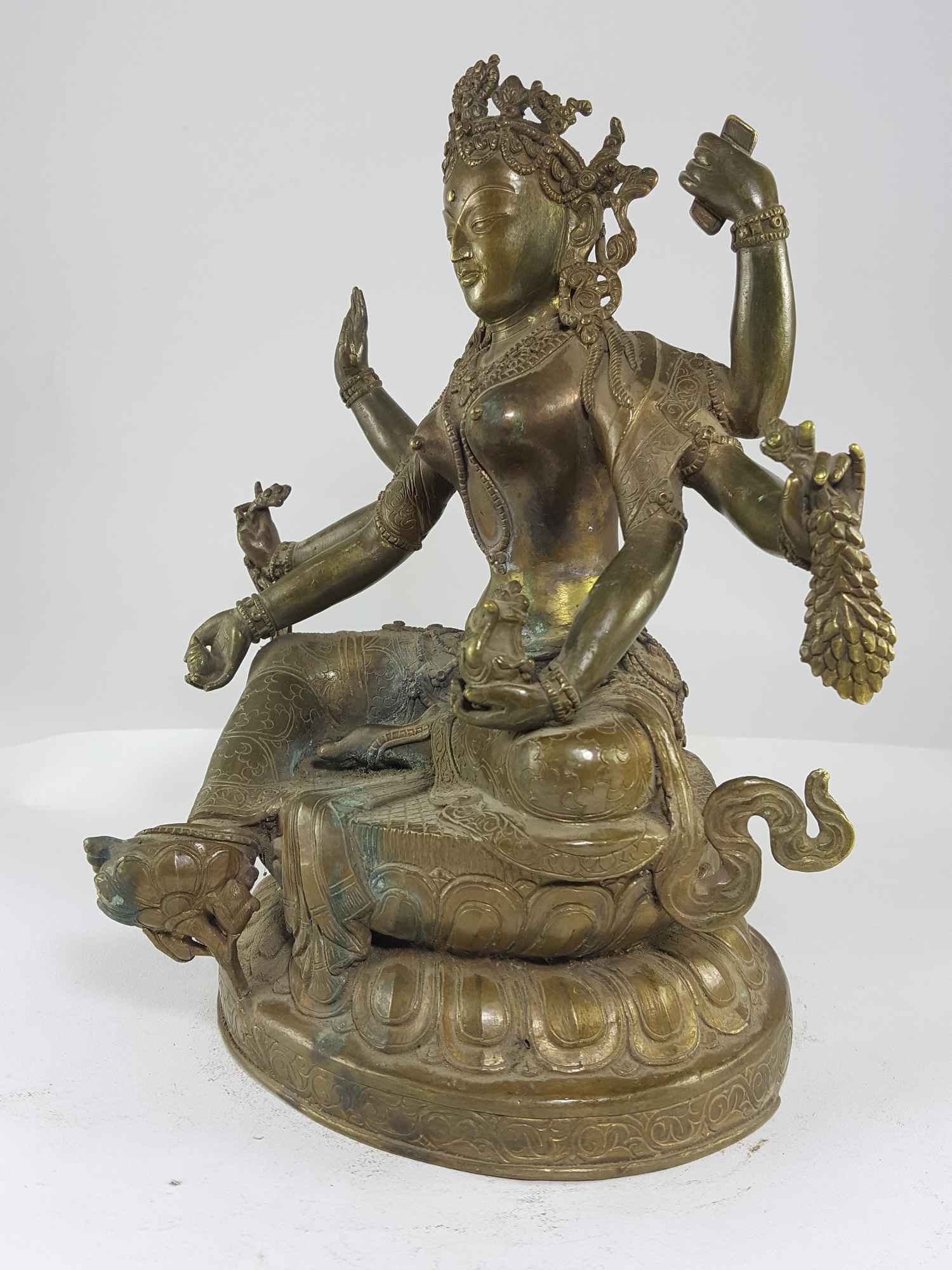 Old Stock, Statue
Old Stock, Statue  of
of  of
of 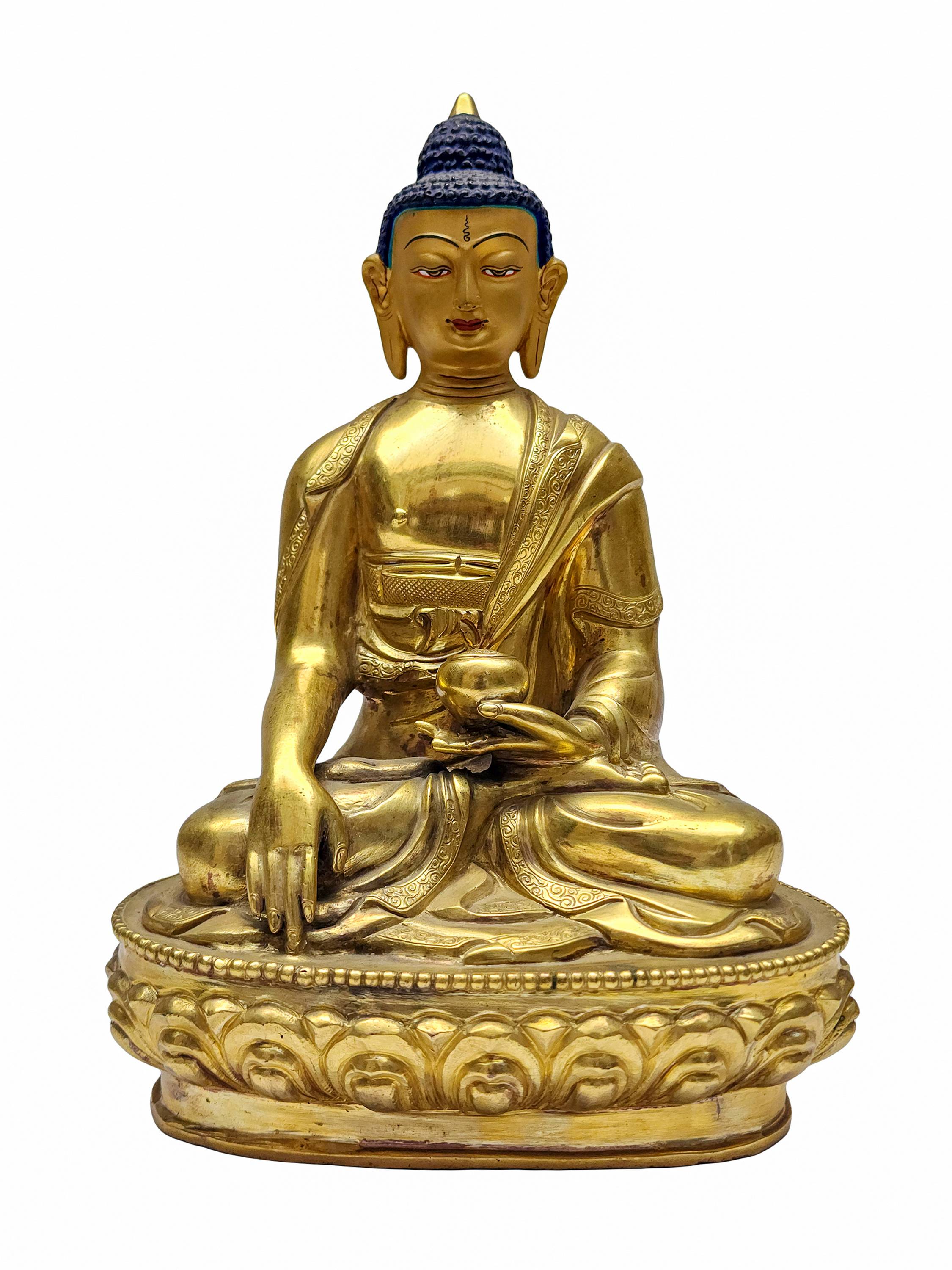 Old Stock, Shakyamuni Buddha Statue, A Buddhist Handmade Statue, Gold Plated, Face Painted,
Old Stock, Shakyamuni Buddha Statue, A Buddhist Handmade Statue, Gold Plated, Face Painted, 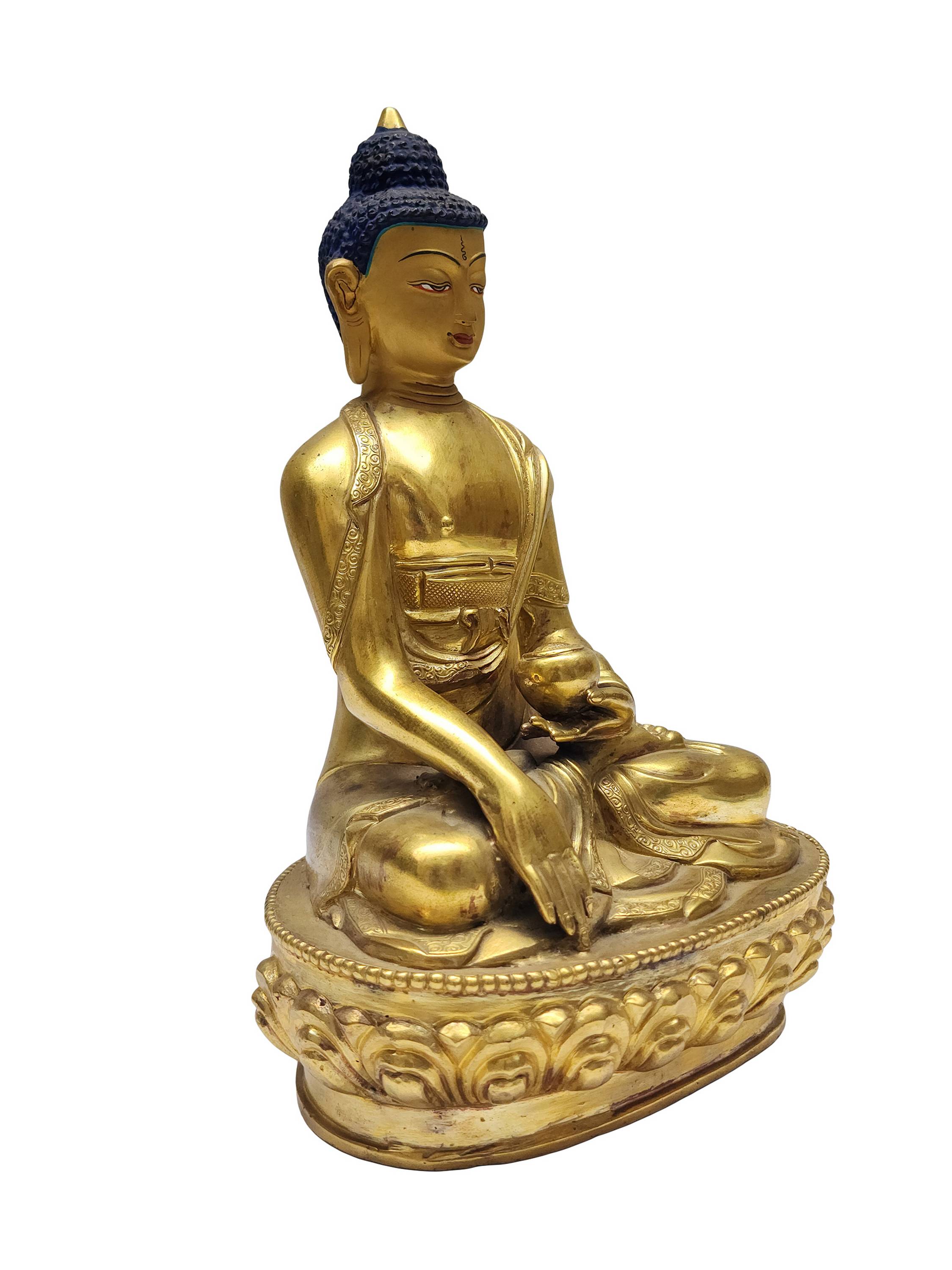 Old Stock, Shakyamuni Buddha Statue, A Buddhist Handmade Statue, Gold Plated, Face Painted,
Old Stock, Shakyamuni Buddha Statue, A Buddhist Handmade Statue, Gold Plated, Face Painted, 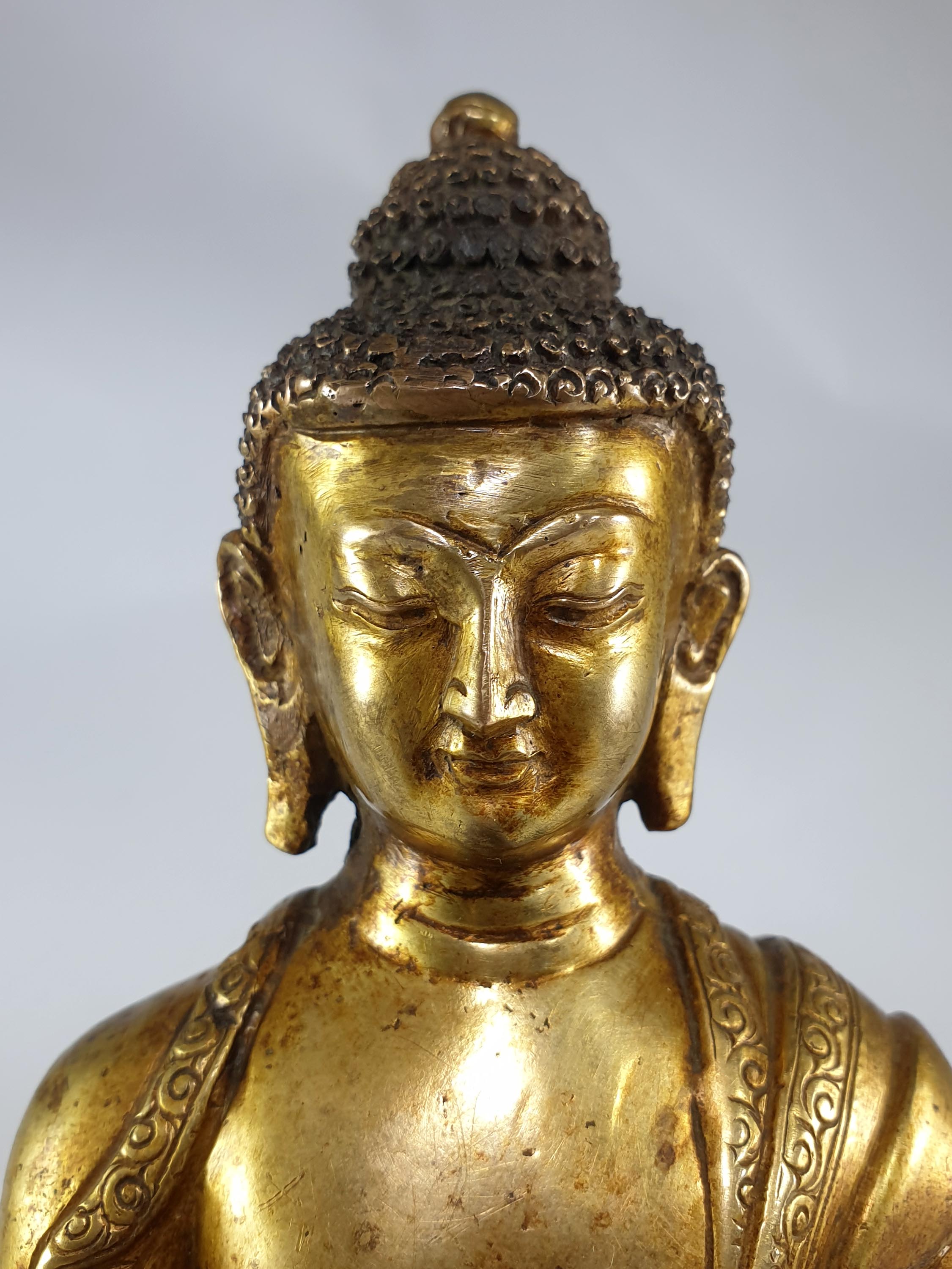 Old Stock Buddhist Statue
Old Stock Buddhist Statue 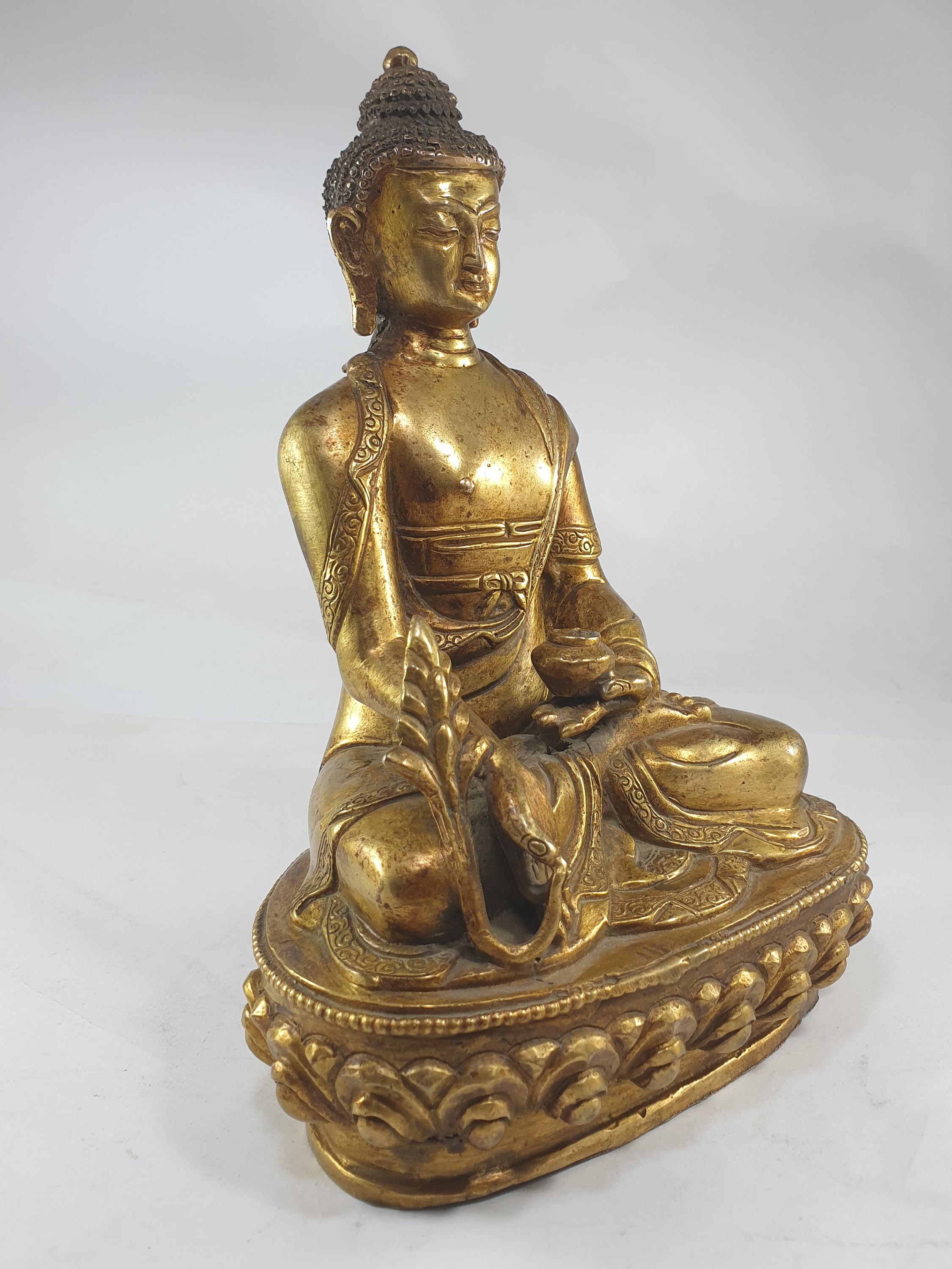 Old Stock Buddhist Statue
Old Stock Buddhist Statue  Old Stock, Buddhist Handmade Statue
Old Stock, Buddhist Handmade Statue  Old Stock, Buddhist Handmade Statue
Old Stock, Buddhist Handmade Statue 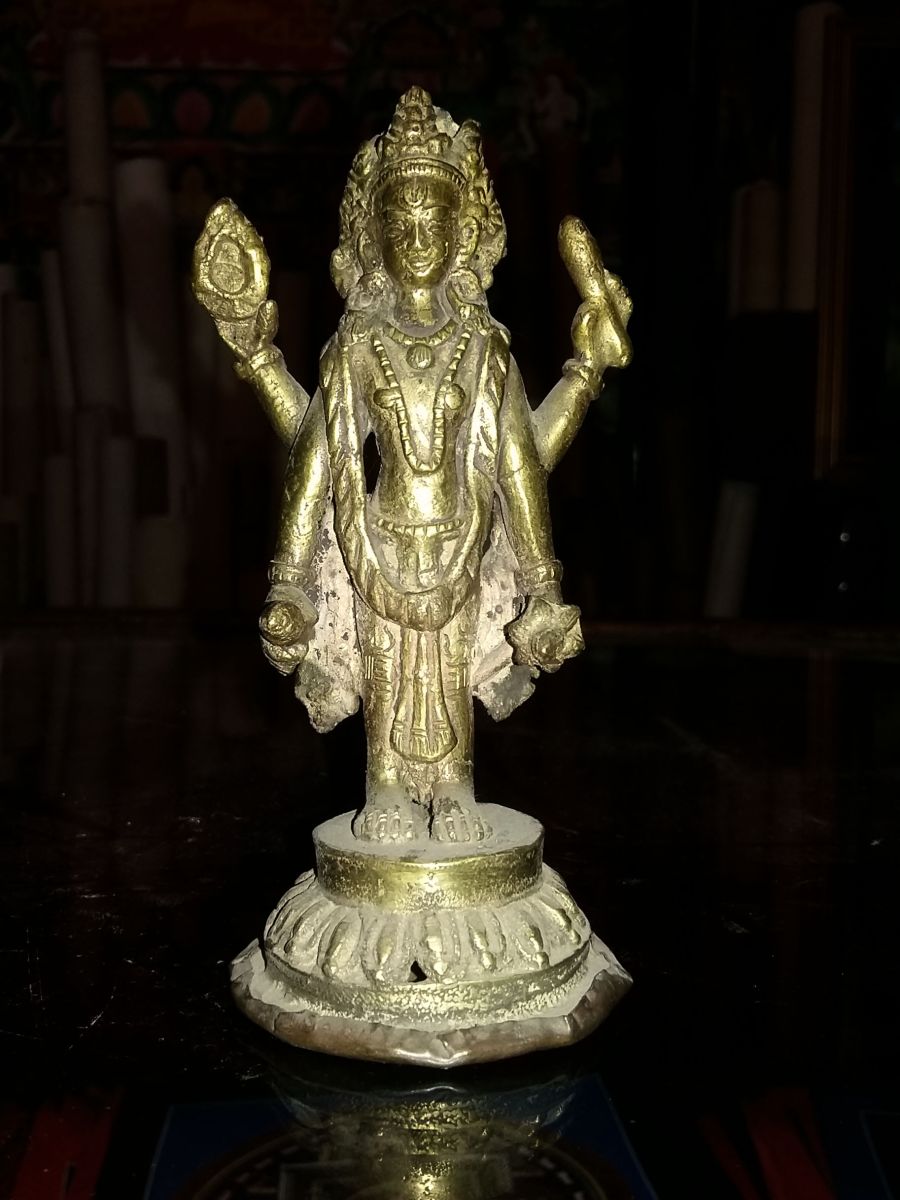
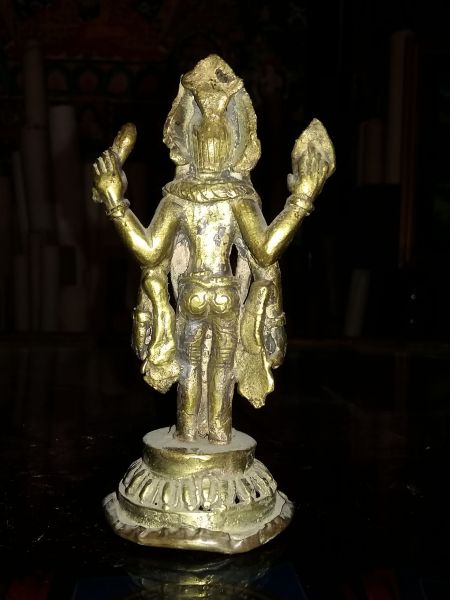
 Old, Buddhist Handmade Statue
Old, Buddhist Handmade Statue  Old, Buddhist Handmade Statue
Old, Buddhist Handmade Statue 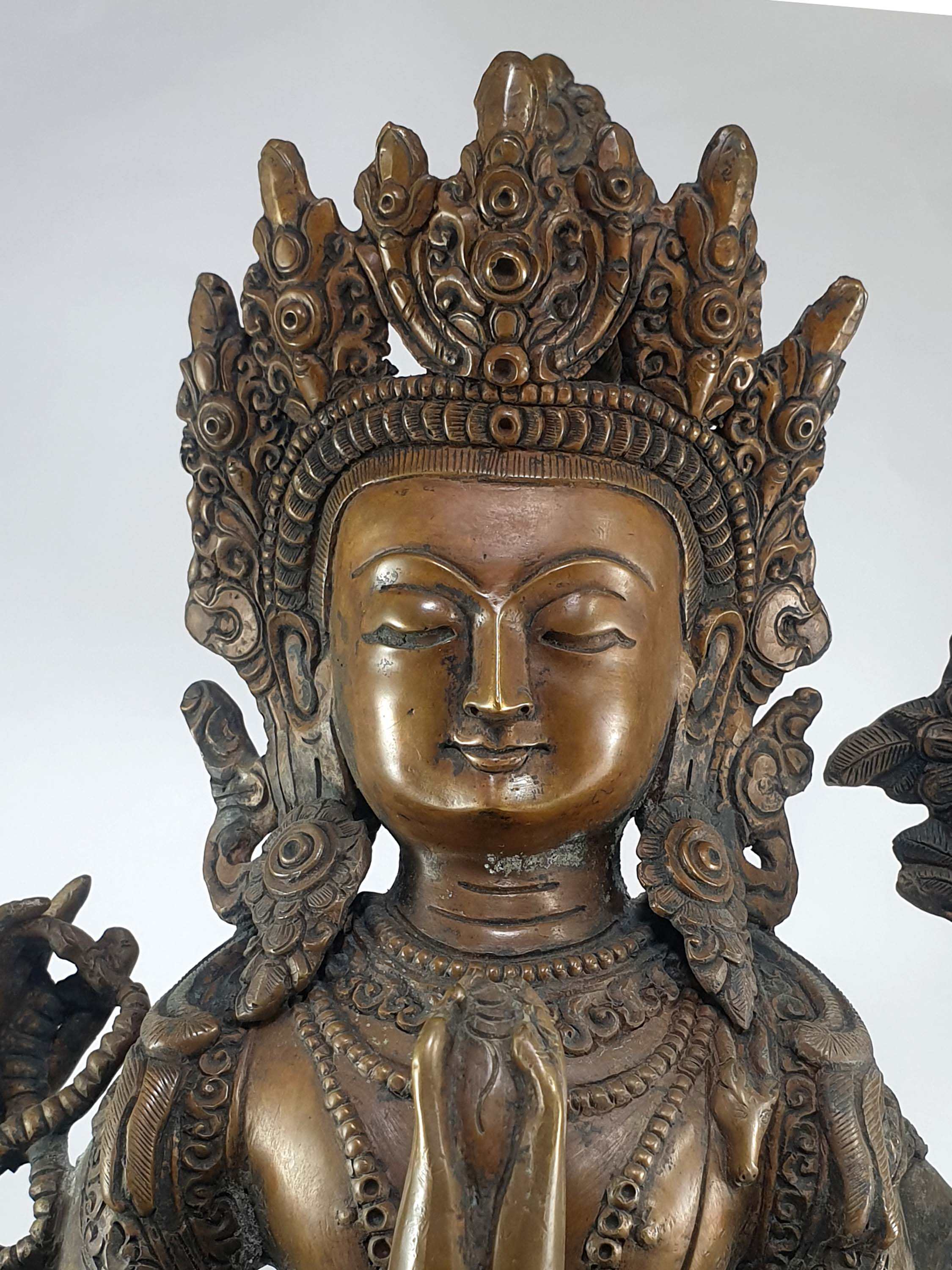 Old Stock Statue
Old Stock Statue 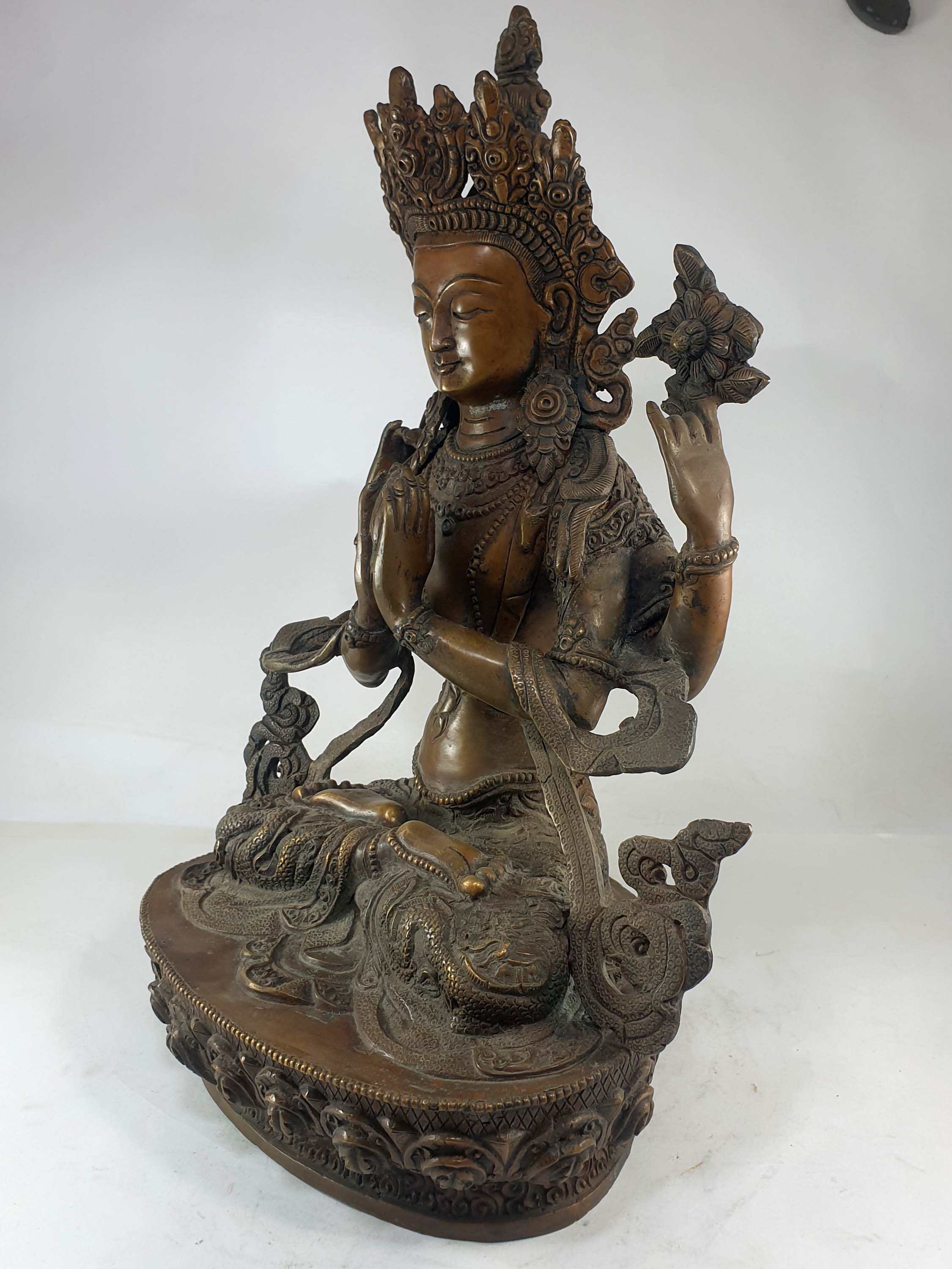 Old Stock Statue
Old Stock Statue  Old Stock Statue
Old Stock Statue  Old Stock Statue
Old Stock Statue